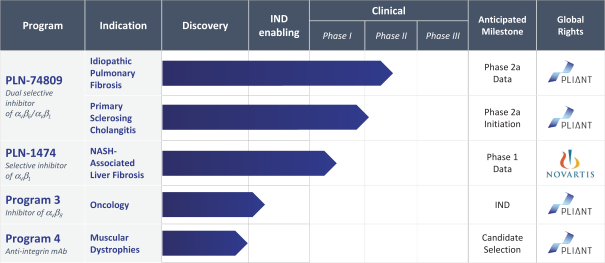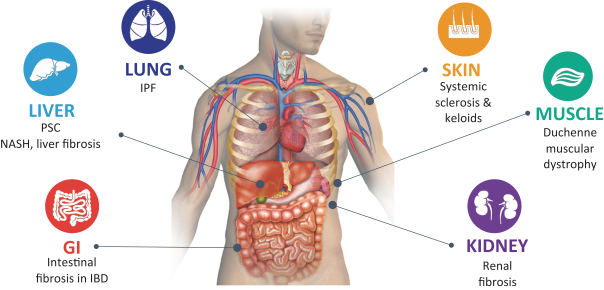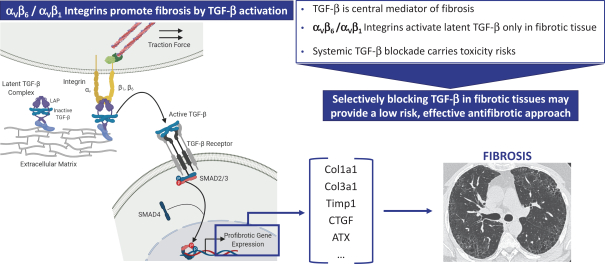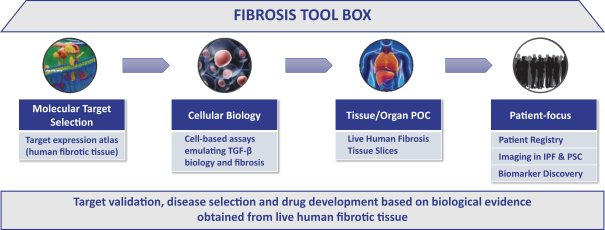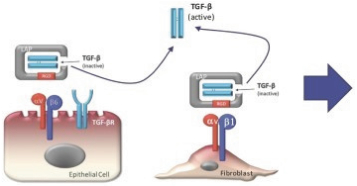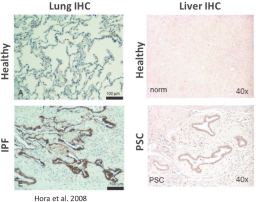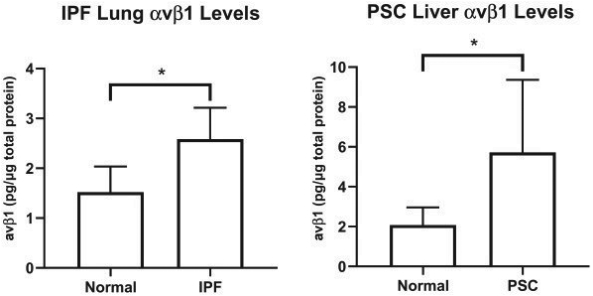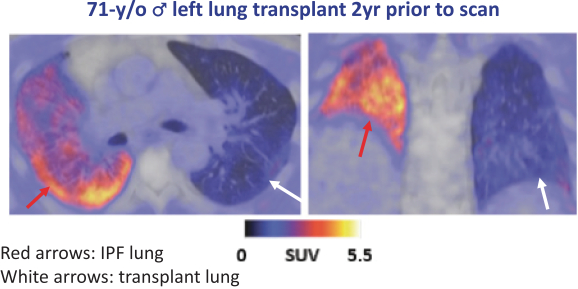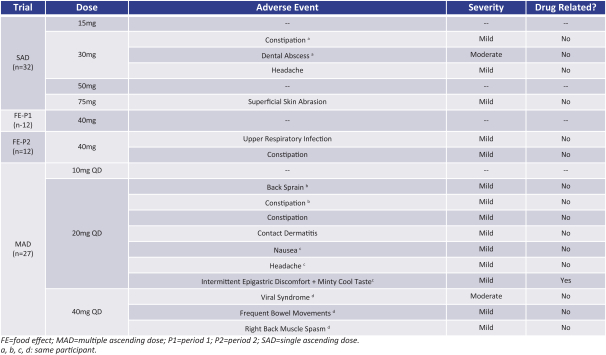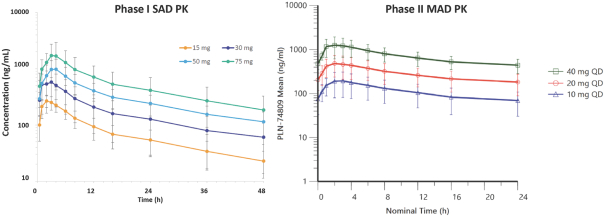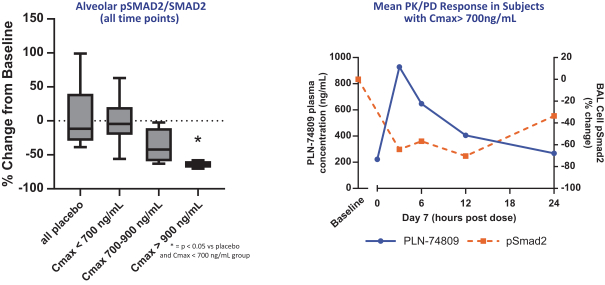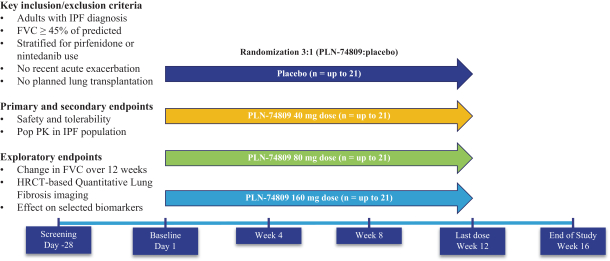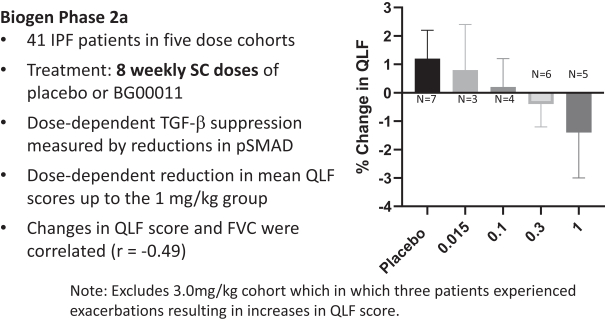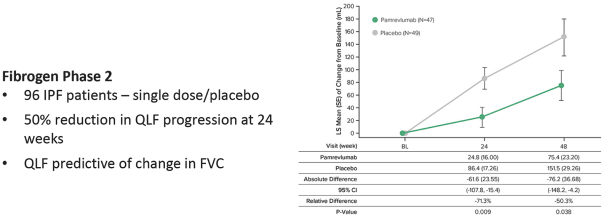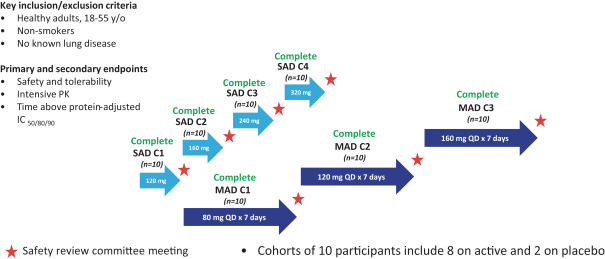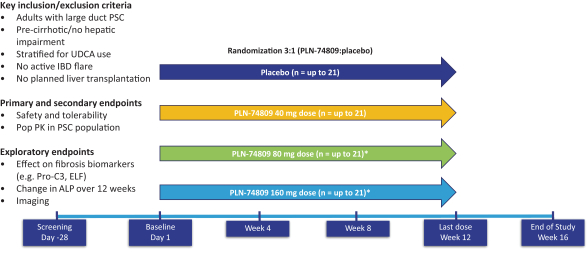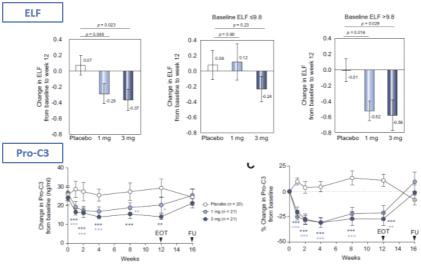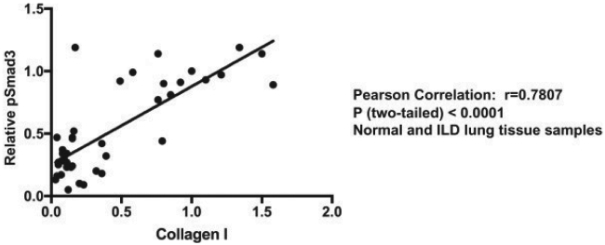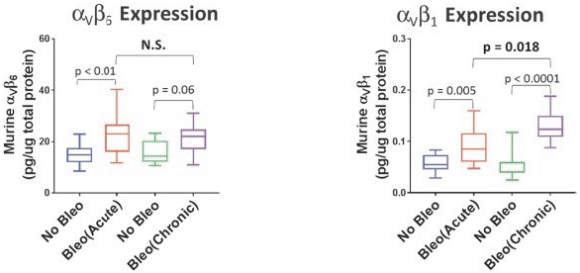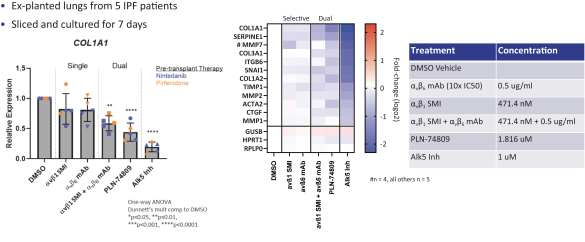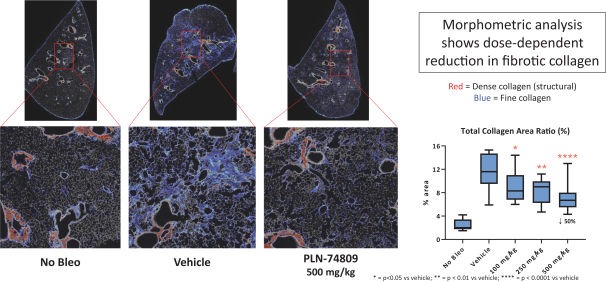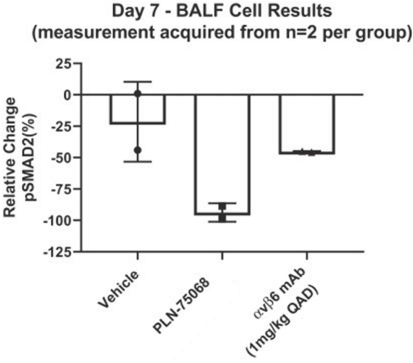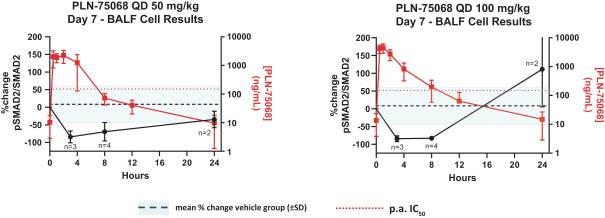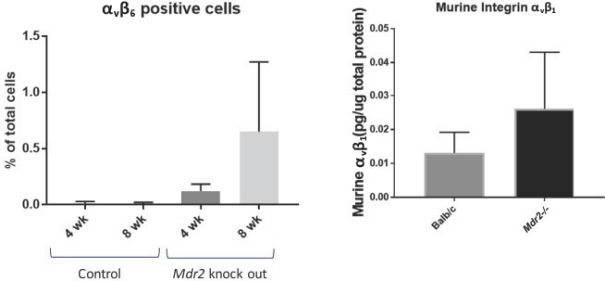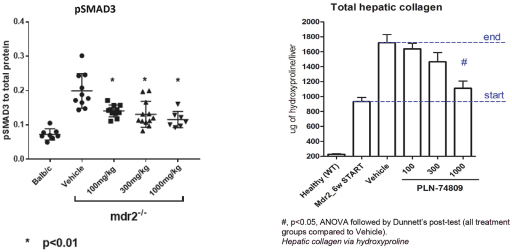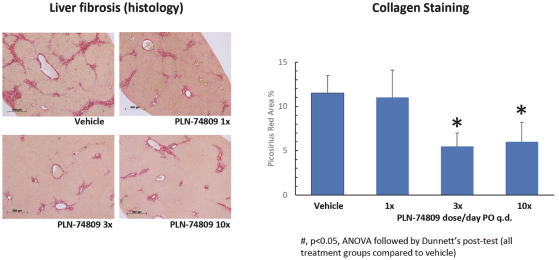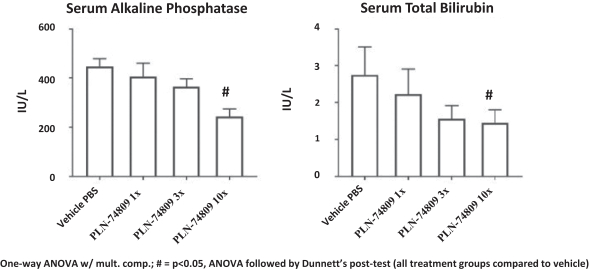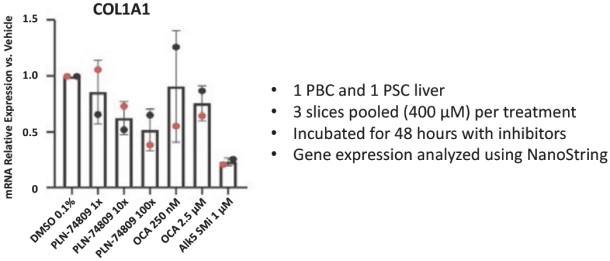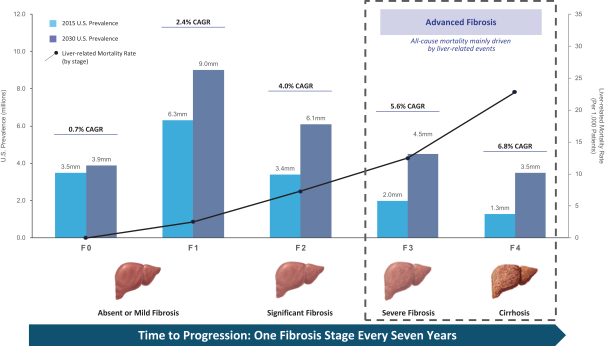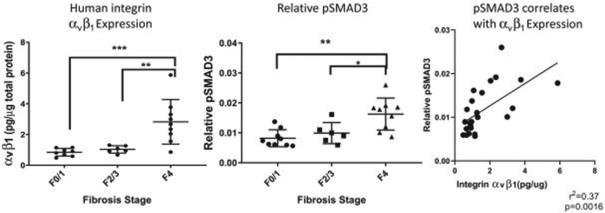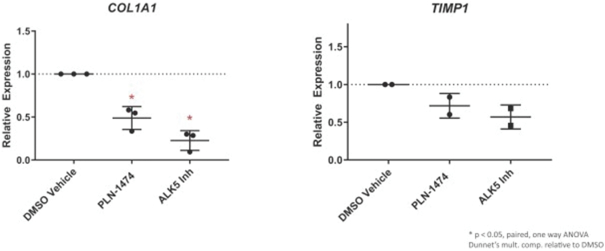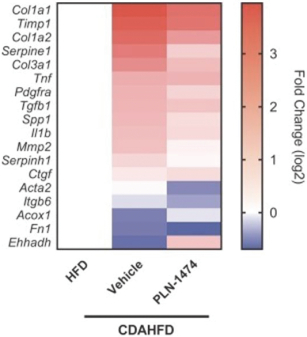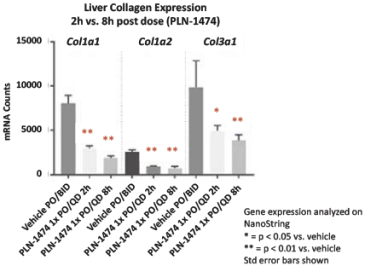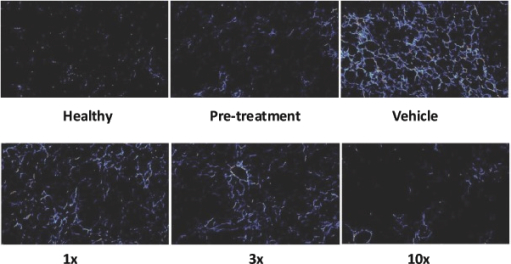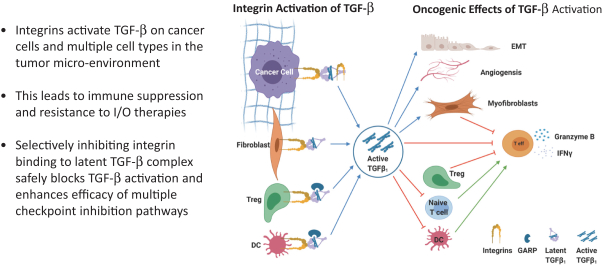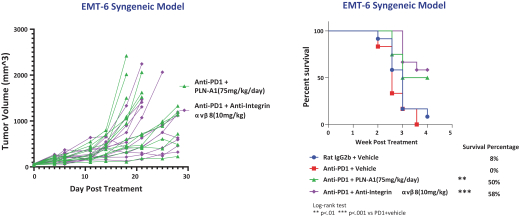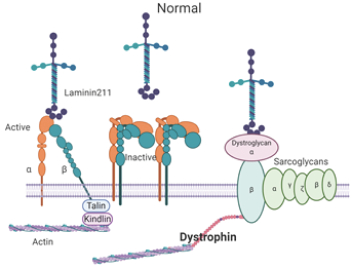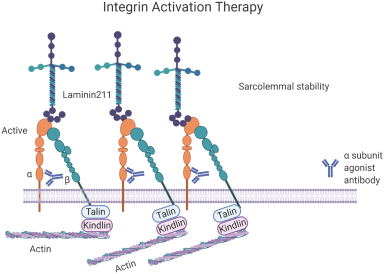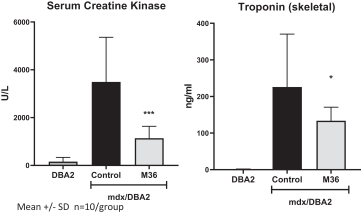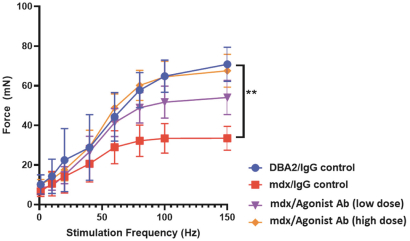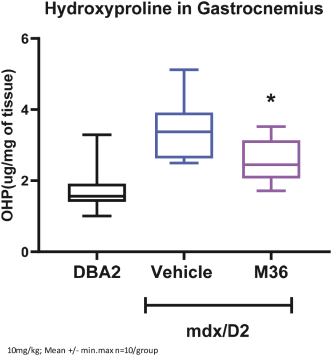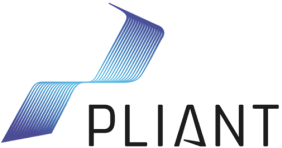We are subject to certain U.S. and foreign anti-corruption, anti-money laundering, export control, sanctions, and other trade laws and regulations. We can face serious consequences for violations.
Among other matters, U.S. and foreign anti-corruption, anti-money laundering, export control, sanctions, and other trade laws and regulations, which are collectively referred to as Trade Laws, prohibit companies and their employees, agents, clinical research organizations, legal counsel, accountants, consultants, contractors, and other partners from authorizing, promising, offering, providing, soliciting, or receiving directly or indirectly, corrupt or improper payments or anything else of value to or from recipients in the public or private sector. Violations of Trade Laws can result in substantial criminal fines and civil penalties, imprisonment, the loss of trade privileges, debarment, tax reassessments, breach of contract and fraud litigation, reputational harm, and other consequences. We have direct or indirect interactions with officials and employees of government agencies or government-affiliated hospitals, universities, and other organizations. We also expect ournon-U.S. activities to increase in time. We plan to engage third parties for clinical trials and/or to obtain necessary permits, licenses, patent registrations, and other regulatory approvals and we can be held liable for the corrupt or other illegal activities of our personnel, agents, or partners, even if we do not explicitly authorize or have prior knowledge of such activities.
Risks Related to Our Intellectual Property
Our success depends in part on our ability to protect our intellectual property. It is difficult and costly to protect our proprietary rights and technology, and we may not be able to ensure their protection.
Our business will depend in large part on obtaining and maintaining patent, trademark and trade secret protection of our proprietary technologies and our product candidates, their respective components, synthetic intermediates, formulations, combination therapies, methods used to manufacture them and methods of treatment, as well as successfully defending these patents against third-party challenges. Our ability to stop unauthorized third parties from making, using, selling, offering to sell or importing our product candidates is dependent upon the extent to which we have rights under valid and enforceable patents that cover these activities and whether a court would issue an injunctive remedy. If we are unable to secure and maintain patent protection for any product or technology we develop, or if the scope of the patent protection secured is not sufficiently broad, our competitors could develop and commercialize products and technology similar or identical to ours, and our ability to commercialize any product candidates we may develop may be adversely affected.
The patenting process is expensive and time-consuming, and we may not be able to file and prosecute all necessary or desirable patent applications at a reasonable cost or in a timely manner. In addition, we may not pursue, obtain, or maintain patent protection in all relevant markets. It is also possible that we will fail to identify patentable aspects of our research and development output before it is too late to obtain patent protection. Moreover, in some circumstances, we may not have the right to control the preparation, filing and prosecution of patent applications, or to maintain the patents, covering technology that we license from or license to third parties and are reliant on our licensors or licensees.
The strength of patents in the biotechnology and biopharmaceutical field involves complex legal and scientific questions and can be uncertain. The patent applications that we own orin-license may fail to result in issued patents with claims that cover our product candidates or uses thereof in the United States or in other foreign countries. Even if the patents do successfully issue, third parties may challenge the validity, enforceability or scope thereof, which may result in such patents being narrowed, invalidated or held unenforceable. Furthermore, even if they are unchallenged, our patents and patent applications may not adequately protect our technology, including our product candidates, or prevent others from designing around our claims. If the breadth or strength of protection provided by the patent applications we hold with respect to our product candidates is threatened, it could dissuade companies from collaborating with us to develop, and threaten our ability to commercialize, our product candidates. Further, if we encounter delays in our clinical trials, the period of time during which we could market our product candidates under patent protection would be reduced.
41

